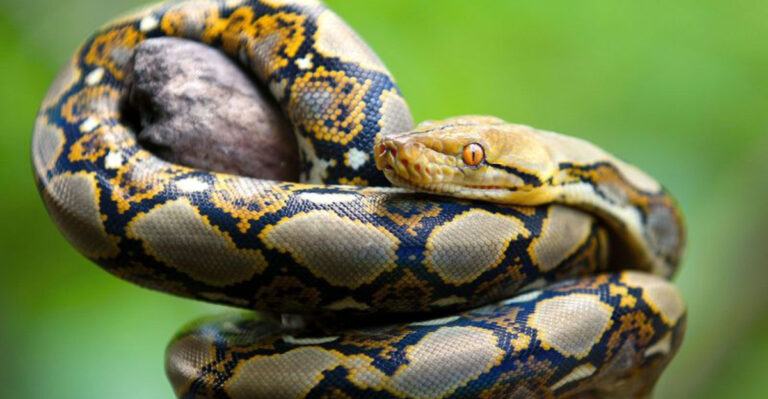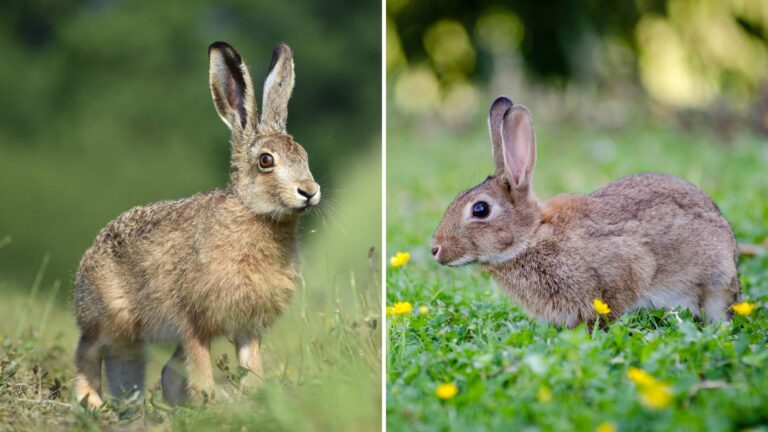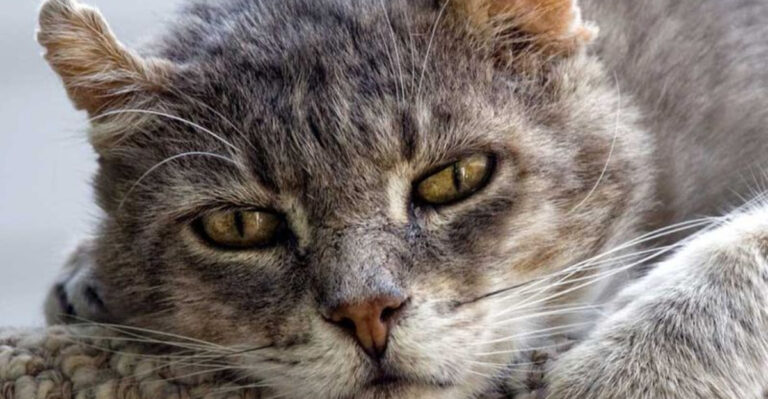Norwegian Lemming Confirmed As One Of The Newest Mammal Species Discovered On Earth
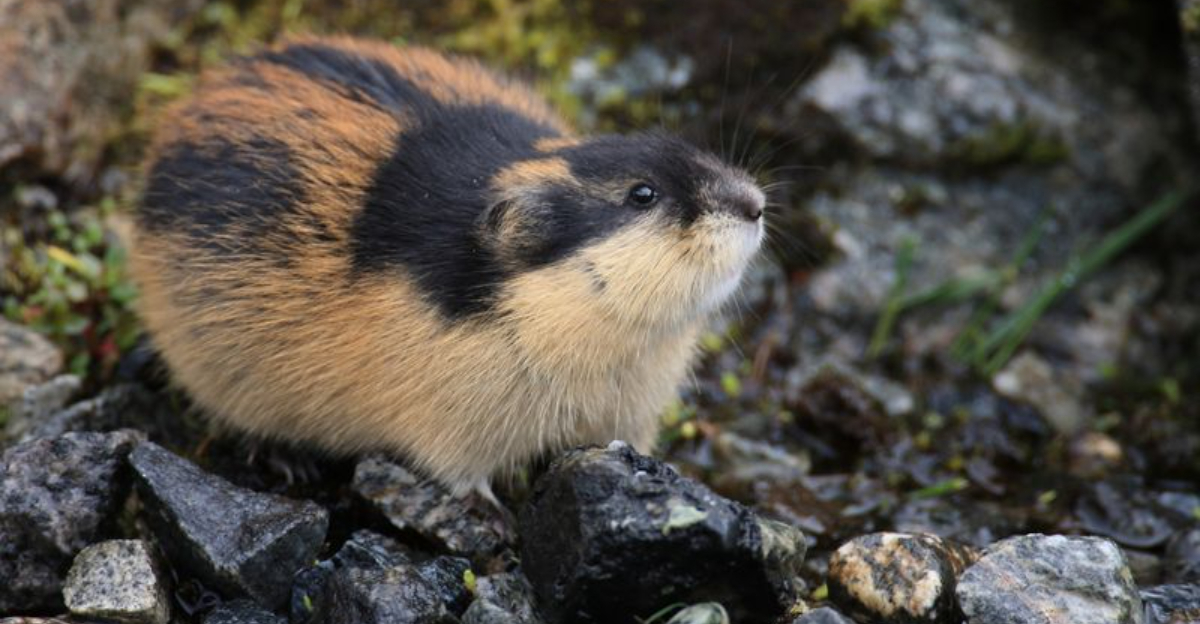
Scientists have recently confirmed the Norwegian lemming as one of Earth’s newest mammal species. This small rodent, known for its distinctive black and yellow fur, has been hiding in plain sight across Scandinavia’s arctic regions.
The breakthrough came through advanced genetic analysis, revealing this creature diverged from its Siberian cousins just 35,000 years ago – practically yesterday in evolutionary terms!
Evolutionary Breakthroughs
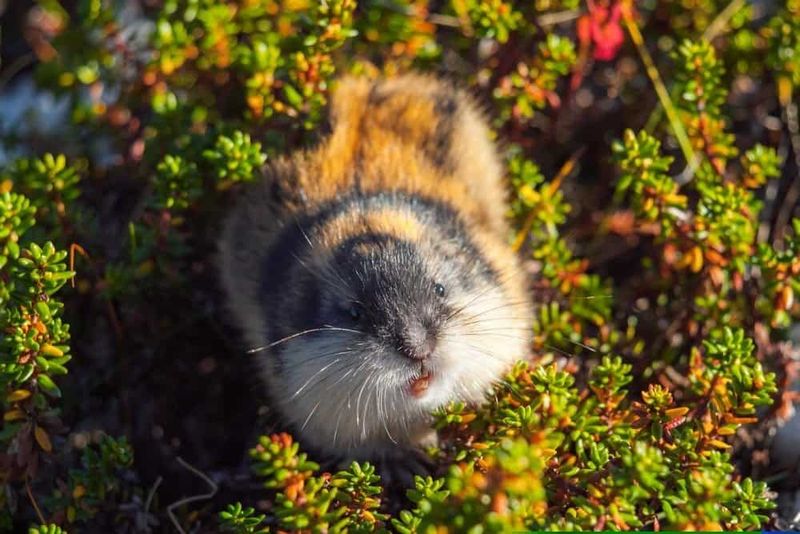
Mother Nature’s laboratory created the Norwegian lemming during the last Ice Age. Scientists now confirm this fuzzy rodent branched off from Western Siberian lemmings around 35,000 years ago.
This timeline makes it one of Earth’s youngest mammal species, giving researchers a rare glimpse into recent evolutionary processes.
Genomic Analysis Reveals Recent Divergence
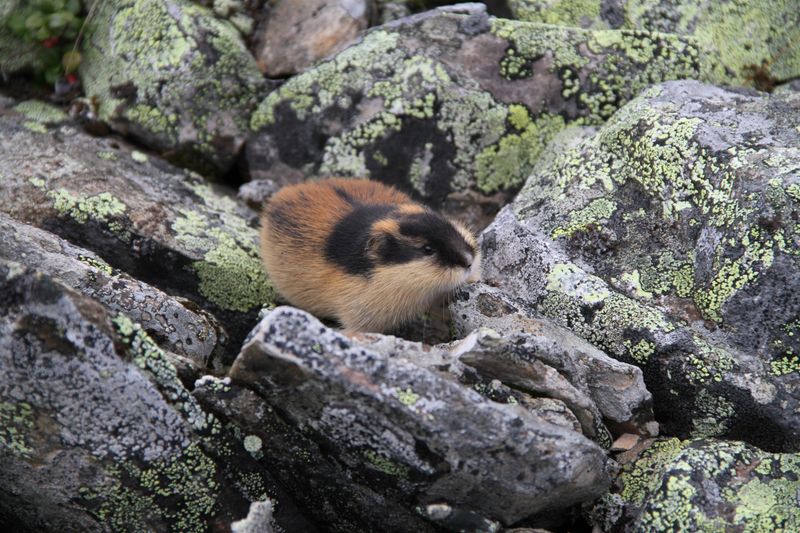
Cutting-edge DNA sequencing unlocked the lemming’s genetic secrets. The scientific community was stunned to discover these creatures separated from their Siberian relatives during the Pleistocene epoch.
This genetic split coincided with massive climate shifts, suggesting environmental pressures sparked this evolutionary branch.
Distinct Evolutionary Lineage Confirmed
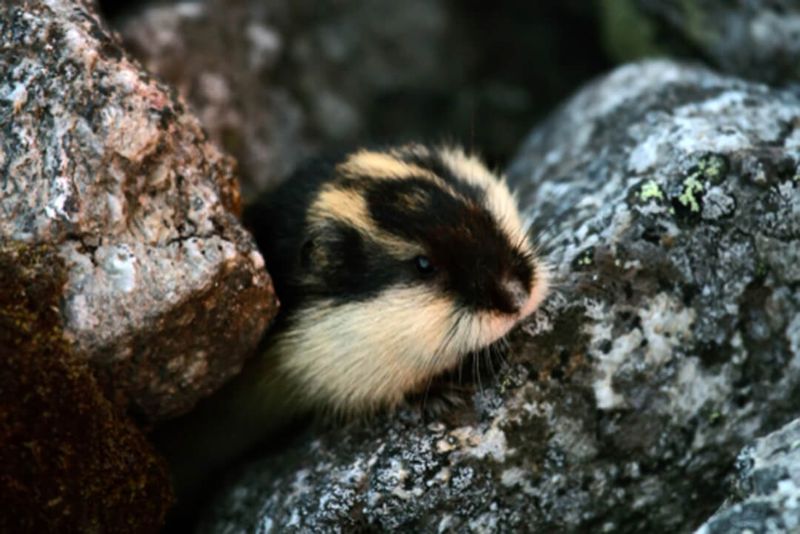
Family trees matter in science too! Researchers have definitively proven Norwegian lemmings form their own unique branch on the rodent family tree.
What’s remarkable is how complete the separation has been. Despite opportunities to mix genes with their Siberian cousins, they’ve maintained genetic independence since splitting apart.
Unique Genetic Mutations Identified
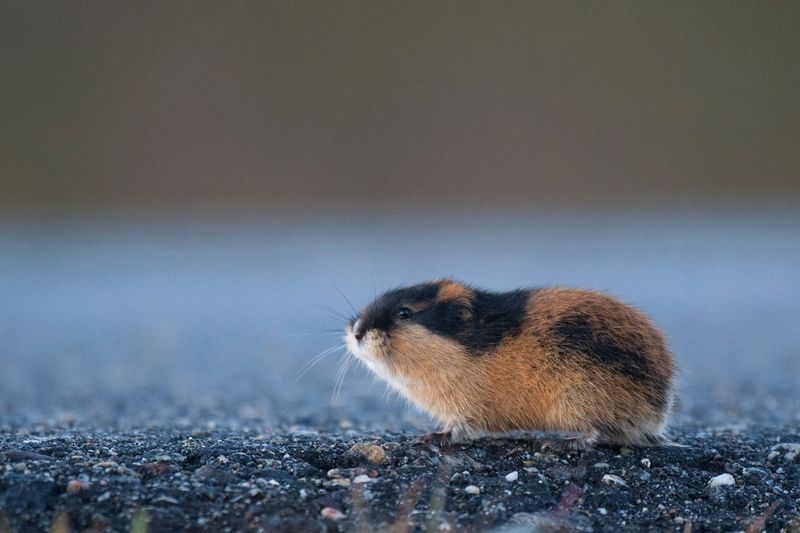
The lemming’s genetic code contains fascinating survival adaptations. Hundreds of mutations appear in genes controlling fur coloration, fat storage, and behavioral responses.
These genetic tweaks allow them to thrive where other mammals struggle. Their bold coat pattern might even warn predators they’re not worth eating!
No Evidence Of Interbreeding
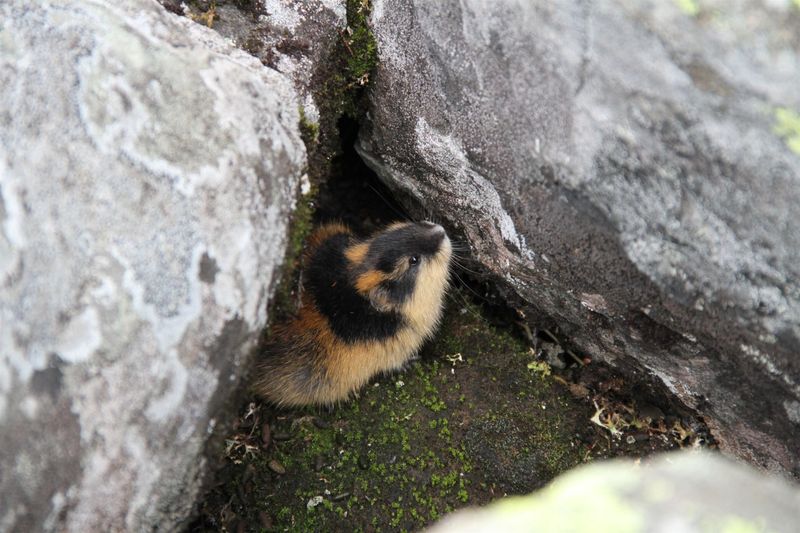
Romance isn’t happening between these lemming species! Despite sharing border territories, Norwegian and Western Siberian lemmings show zero evidence of crossbreeding.
This reproductive isolation is scientifically significant. Many recently-diverged species still occasionally mate, making the lemming’s complete separation unusual and fascinating to researchers.
Endemic To Fennoscandia
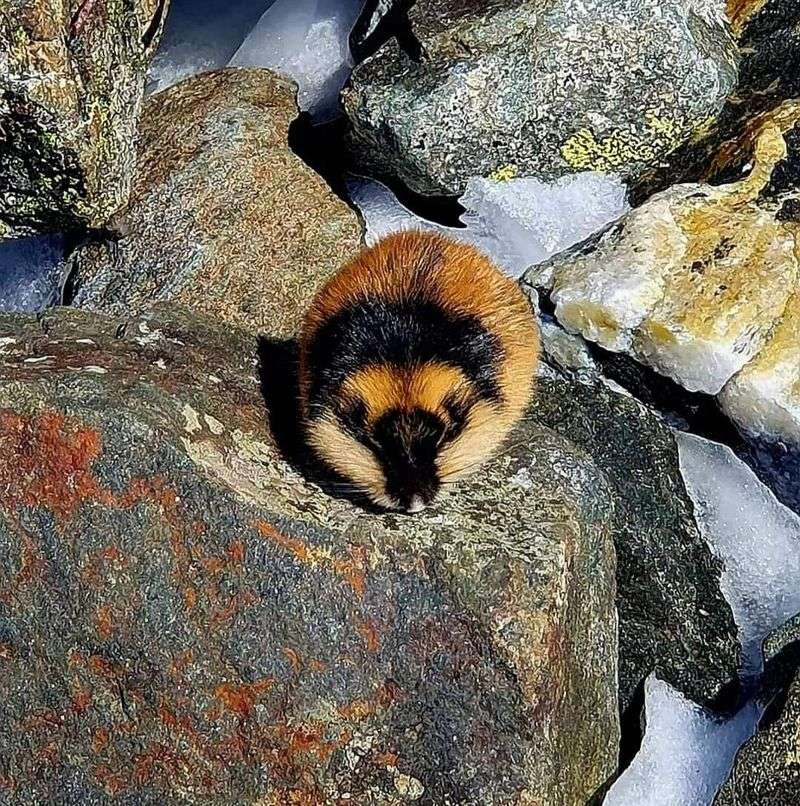
Home sweet home for these creatures is exclusively Fennoscandia. Norwegian lemmings carve out their existence in the tundra and fell regions spanning Norway, Sweden, and Finland.
They’re the only mammal found nowhere else on Earth except this northern European peninsula. This geographic exclusivity makes them especially valuable to biodiversity studies.
Distinctive Black-Yellow Fur
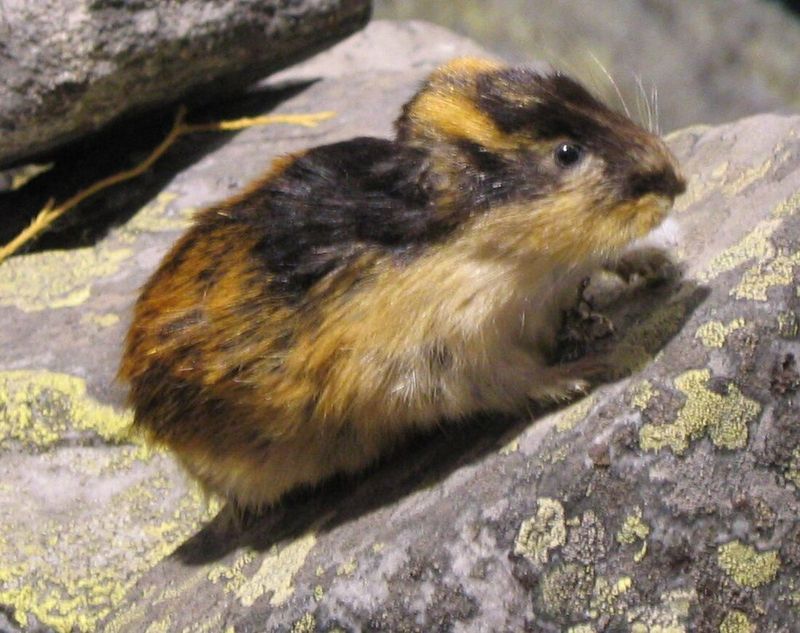
Fashion-forward in the animal kingdom, Norwegian lemmings sport unmistakable black and yellow-brown fur. Their bold pattern isn’t just for looks – it likely serves as a warning signal to potential predators.
Scientists call this aposematic coloration, the same strategy employed by bees and poison dart frogs to advertise their unpleasantness.
Short Lifespan And High Reproductive Rate
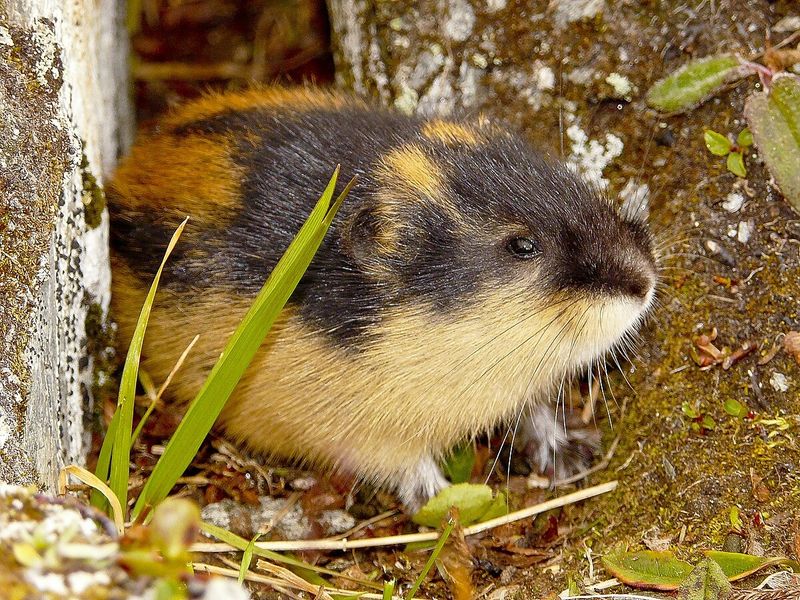
Life moves quickly in lemming world! These mammals typically survive only 1-2 years but make the most of their brief existence.
Female lemmings can produce multiple litters annually, each containing 6-8 young. This reproductive strategy ensures population sustainability despite harsh conditions and numerous predators.
Population Cycles
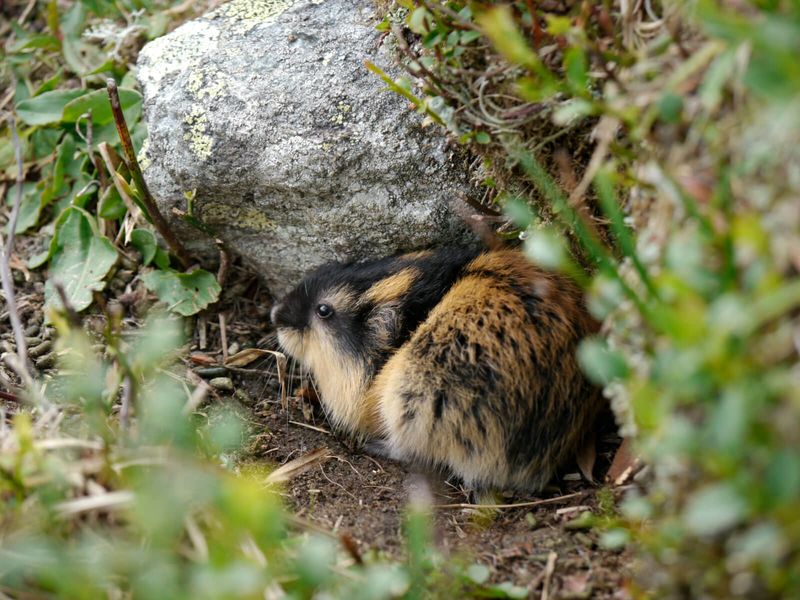
The lemming boom-and-bust cycle has fascinated scientists for generations. Every 3-4 years, their numbers explode dramatically across the landscape.
This population surge attracts hordes of predators – arctic foxes, snowy owls, and others feast until lemming numbers crash again. The cycle then resets, creating a natural rhythm in the arctic ecosystem.
Active Year-Round
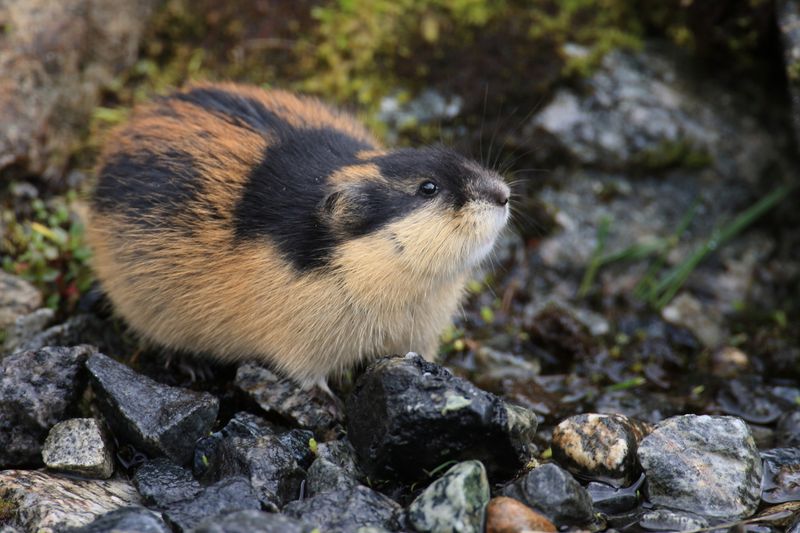
Winter hibernation? Not for these hardy creatures! Norwegian lemmings maintain activity throughout the harshest arctic winters when many mammals hunker down.
Their continuous foraging and movement, even during blizzards and polar nights, showcases extraordinary cold-weather adaptations. Few mammals can match their cold-weather resilience.
Survival Strategies
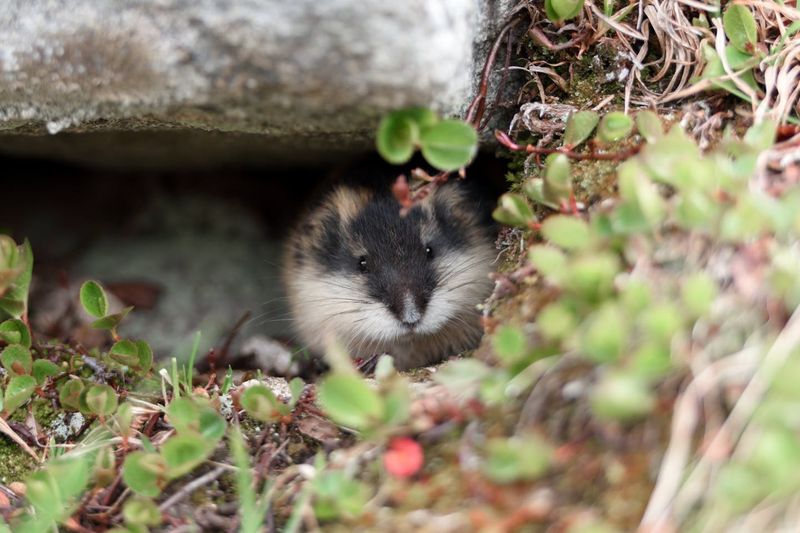
Master architects of the tundra, lemmings create elaborate tunnel systems beneath winter snow. These snow highways provide safe travel routes and access to buried vegetation.
The insulating snow layer creates a relatively warm microclimate, protecting them from the most extreme temperatures. Their engineering skills literally save their lives during brutal arctic winters.
Insights Into Rapid Speciation
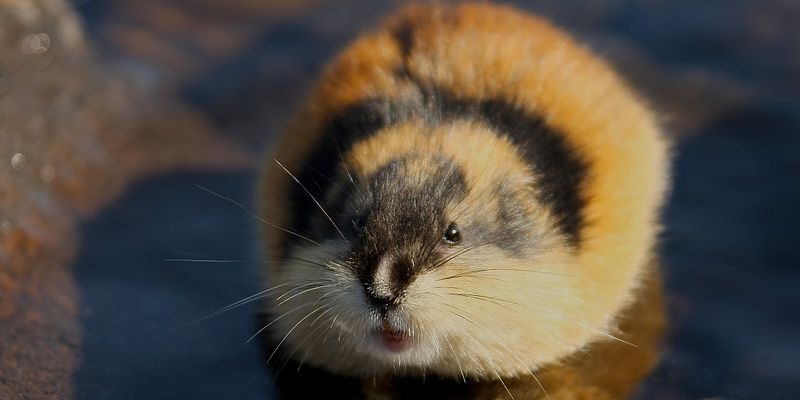
The lemming’s evolutionary story rewrites scientific understanding of how quickly new species can form. Their 35,000-year timeline challenges previous assumptions about speciation rates.
Climate shifts during the last Ice Age likely created isolated populations that rapidly adapted to different conditions. This natural experiment demonstrates evolution’s surprising speed under pressure.
Model For Future Research
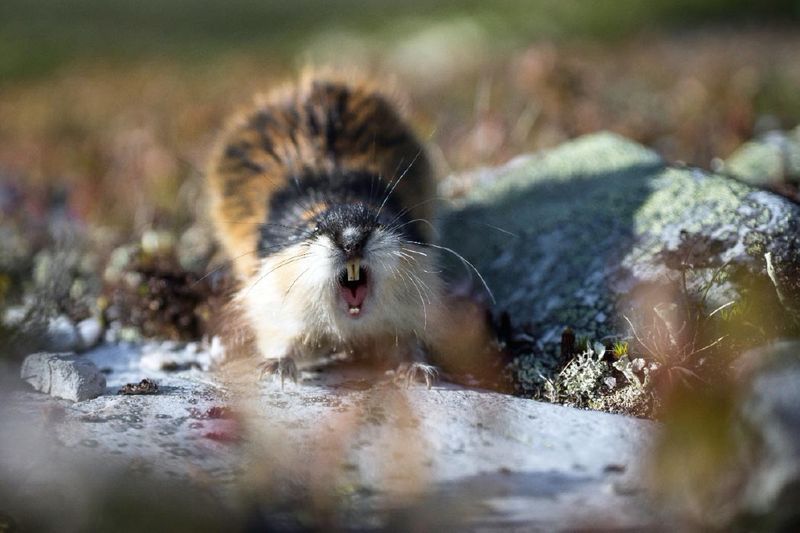
Beyond its own fascinating story, the Norwegian lemming serves as nature’s laboratory for studying genetic adaptation. Scientists are using its genome to understand how species respond to extreme environments.
The speed of its evolution provides clues about how animals might adapt to our rapidly changing planet. This tiny creature could help predict future biodiversity patterns.

